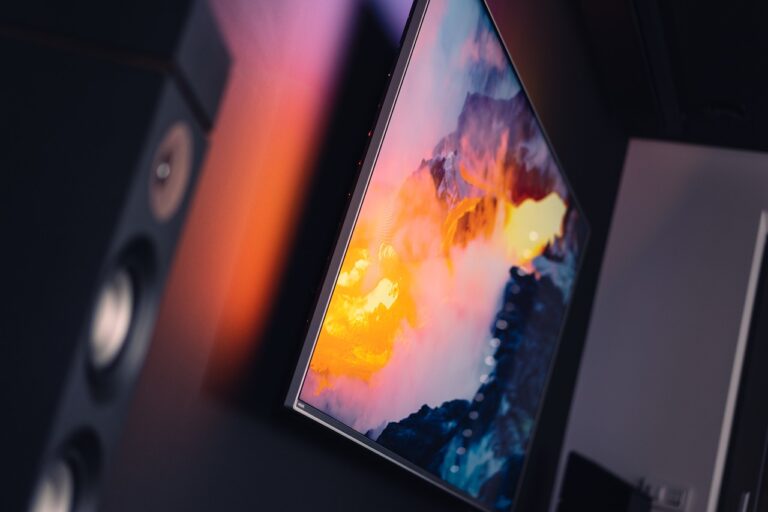The Role of Virtual Reality in Therapy and Mental Health: Immersive Healing Experiences
Virtual Reality (VR) technology has emerged as a promising tool in the field of mental health treatment. By immersing individuals in digitally simulated environments, VR can provide a safe space for exposing patients to situations that trigger anxiety, phobias, or PTSD. This exposure therapy, conducted in a controlled and customized manner, allows for gradual desensitization and empowerment in managing these mental health challenges.
Moreover, VR offers a unique platform for therapists to deliver cognitive-behavioral therapy (CBT) and other evidence-based interventions in a more interactive and engaging way. Therapeutic VR activities, such as guided relaxation exercises or mindfulness practices in serene virtual environments, can help individuals cope with stress, anxiety, and other emotional difficulties. The immersive nature of VR can enhance the therapeutic experience by promoting a deeper sense of presence and focus, facilitating emotional regulation and self-awareness.
Understanding the Impact of Immersive Healing Environments
Immersive healing environments have been increasingly recognized for their positive impact on mental health treatment. By transporting individuals into virtual reality settings, these environments create a sense of presence and engagement that can facilitate healing and emotional processing. The immersive nature of these environments allows individuals to experience a sense of calmness and escape from real-world stressors, promoting relaxation and emotional regulation.
• Immersive healing environments can help individuals manage symptoms of anxiety, depression, and PTSD by providing a safe space for emotional exploration and processing.
• Research has shown that immersive healing environments can reduce perceived pain levels in patients undergoing medical procedures or recovering from injuries.
• These environments have also been used successfully in addiction treatment programs to support recovery and prevent relapse by offering alternative coping mechanisms and stress management techniques.
Exploring the Use of Virtual Reality for Anxiety and Stress Management
Virtual reality (VR) has shown promising potential in alleviating symptoms of anxiety and stress. Research studies have demonstrated that exposure therapy through VR simulations can help individuals confront their fears in a controlled environment, leading to reduced anxiety levels over time. By immersing users in virtual environments that replicate real-life scenarios, VR therapy enables individuals to confront their fears gradually and develop coping mechanisms.
Moreover, the interactive nature of VR applications for anxiety and stress management allows therapists to tailor treatment approaches according to the specific needs of each patient. Through personalized VR experiences, individuals can practice relaxation techniques, cognitive-behavioral strategies, and mindfulness exercises in a safe and supportive setting. This individualized approach fosters a sense of empowerment and control, enhancing the effectiveness of therapy interventions for anxiety and stress-related conditions.
How does virtual reality help with anxiety and stress management?
Virtual reality provides immersive environments that can help individuals relax and escape from the stresses of the real world, allowing them to focus on positive experiences and practice relaxation techniques.
Is virtual reality a proven method for treating anxiety and stress?
While more research is needed, preliminary studies have shown promising results in using virtual reality for anxiety and stress management. Many mental health professionals are incorporating VR into their treatment plans.
What types of virtual reality experiences are most effective for anxiety and stress relief?
Virtual reality experiences that promote relaxation, mindfulness, and stress reduction techniques are typically the most effective for managing anxiety and stress. These may include guided meditation sessions, calming nature environments, and virtual reality therapy sessions.
Can virtual reality be used as a standalone treatment for anxiety and stress?
Virtual reality can be used as a standalone treatment for some individuals, but it is often most effective when used in conjunction with traditional therapy and other stress management techniques.
Are there any potential drawbacks to using virtual reality for anxiety and stress management?
Some individuals may experience discomfort or motion sickness when using virtual reality, which can exacerbate anxiety symptoms. It is important to use VR in a controlled and safe environment with guidance from a mental health professional.







